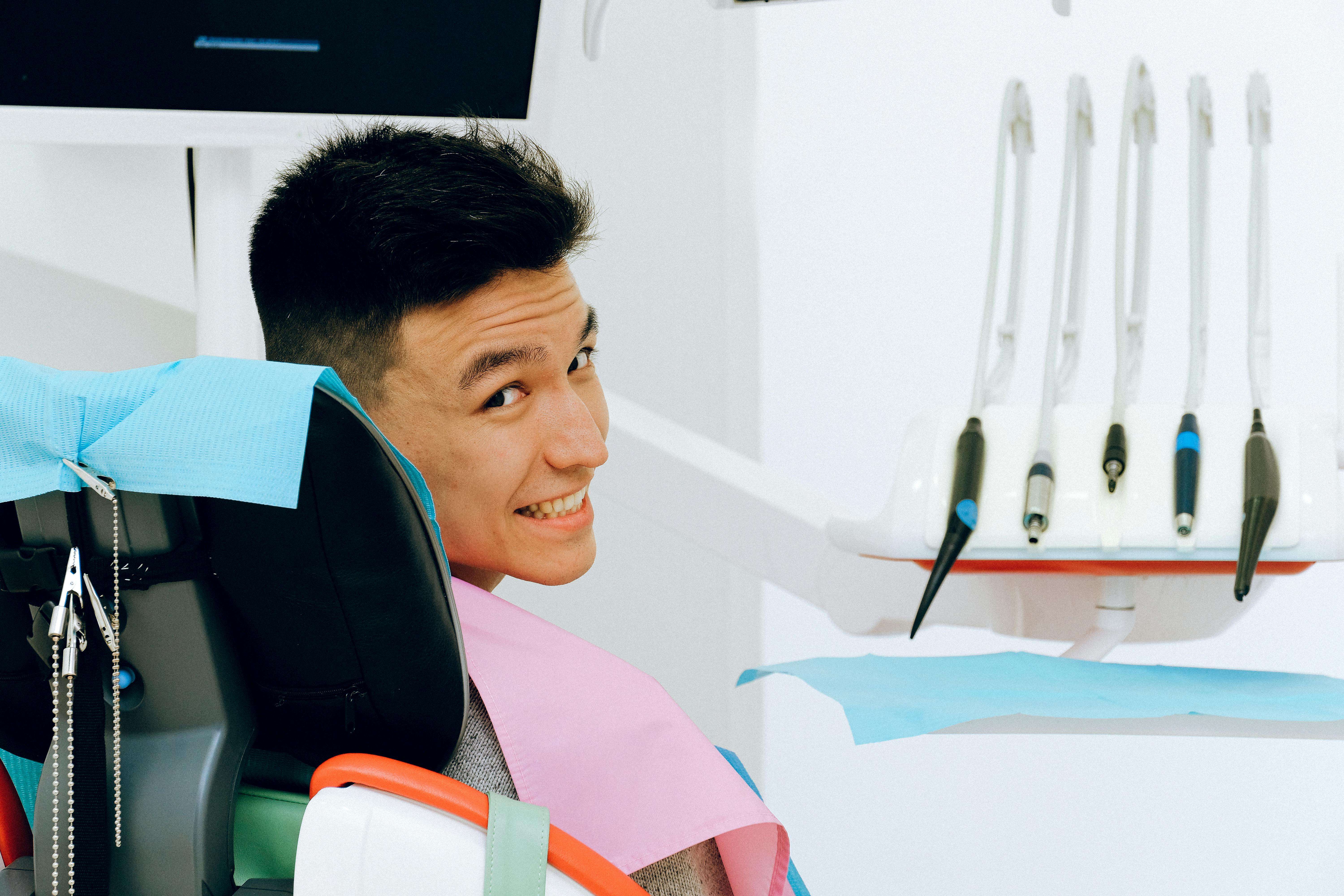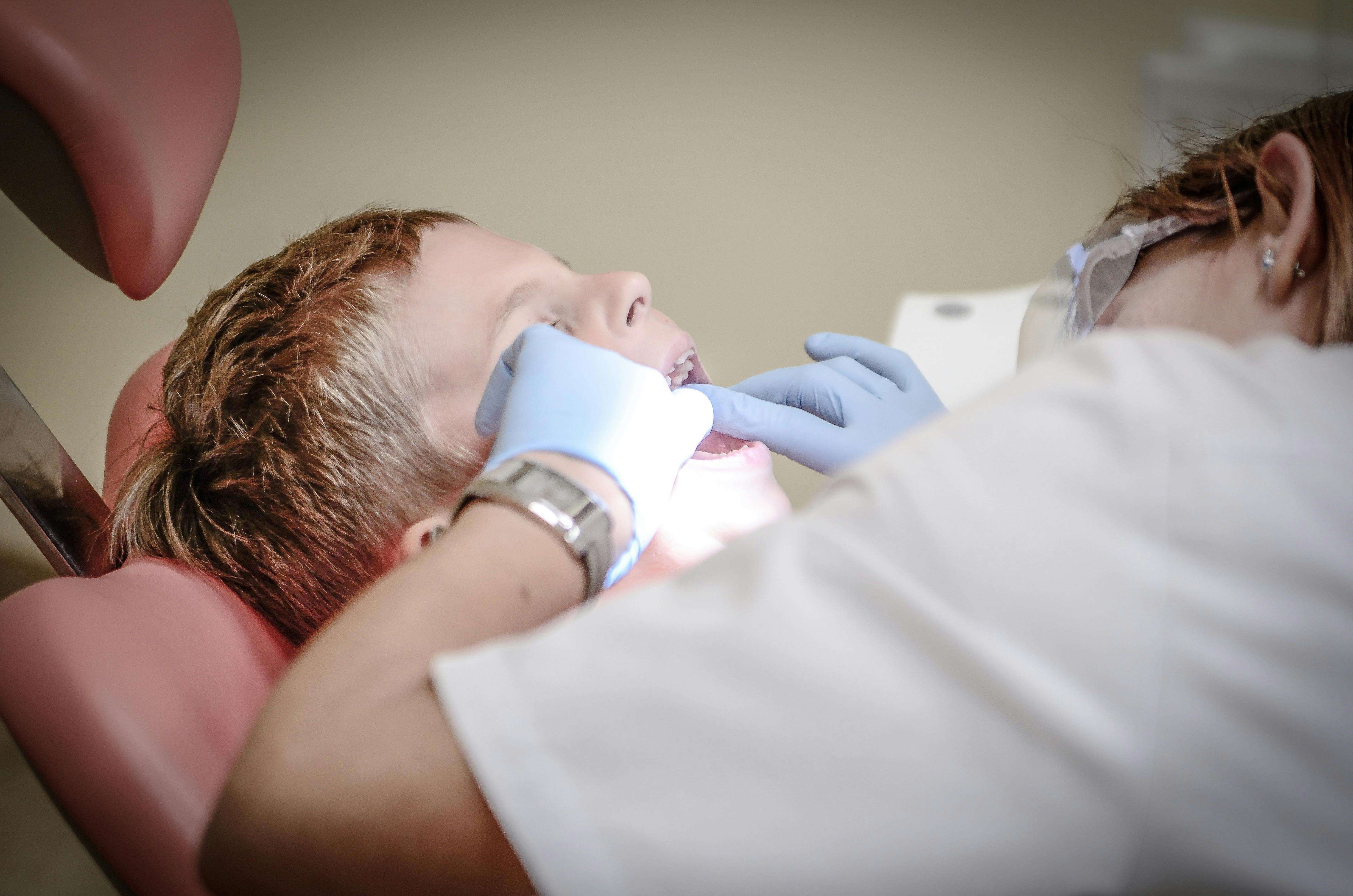If there's anything you'd like to know more about, just let us know - we're always happy to provide additional information.
Wisdom teeth removal is a surgical procedure that involves the extraction of one or more wisdom teeth, which are the last set of molars that typically emerge in the late teenage years or early twenties. Wisdom teeth may cause problems if they don't have enough space to grow or if they grow in an improper position, which can lead to pain, infection, and other dental issues. As a result, many people may require wisdom teeth removal to maintain their oral health and prevent further complications. What are the signs or symptoms that indicate a need for wisdom teeth removal? There are several signs and symptoms that may indicate a need for wisdom teeth removal. Some common indicators include: 1. Pain or discomfort in the back of the mouth, particularly around the wisdom teeth. 2. Infection or inflammation of the gum tissue around the wisdom teeth. 3. Difficulty opening the mouth or chewing due to pain or swelling. 4. Crowding or shifting of adjacent teeth caused by the growth of wisdom teeth. 5. Development of cavities or decay in the wisdom teeth due to difficulty cleaning them properly. 6. Formation of cysts or tumors around the wisdom teeth. If you experience any of these symptoms or the dentist or oral surgeon notices any issues during an exam or X-ray, they may recommend wisdom teeth removal as a solution to prevent further complications and maintain oral health.



Post Treatment Care for Wisdom Teeth Removal Proper post-treatment care is crucial to ensure a speedy and smooth recovery after wisdom teeth removal. Here are some general guidelines to follow: 1. Rest: Plan to take it easy for at least 24 hours after the procedure. Avoid physical activity, heavy lifting, and anything that could dislodge the blood clot from the extraction site. 2. Ice packs: Apply ice packs to your cheeks for the first 24 hours to help reduce swelling and discomfort. 3. Pain management: Take pain medications as prescribed. 4. Oral hygiene: Brush your teeth gently and avoid the extraction site for the first few days. You may use a saltwater rinse to keep the area clean and promote healing. 5. Diet: Stick to a soft food diet for the first few days after the procedure. Avoid hot, spicy, or hard foods that may irritate the extraction site. Drink plenty of fluids but avoid using straws, as the suction can dislodge the blood clot and delay healing. 6. Follow-up appointments: Attend any follow-up appointments as scheduled to ensure proper healing and monitor for any complications. It's important to follow these guidelines and any additional instructions provided by us to promote healing and reduce the risk of complications. If you experience excessive bleeding, severe pain, or signs of infection, contact your dentist immediately.